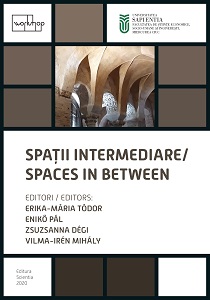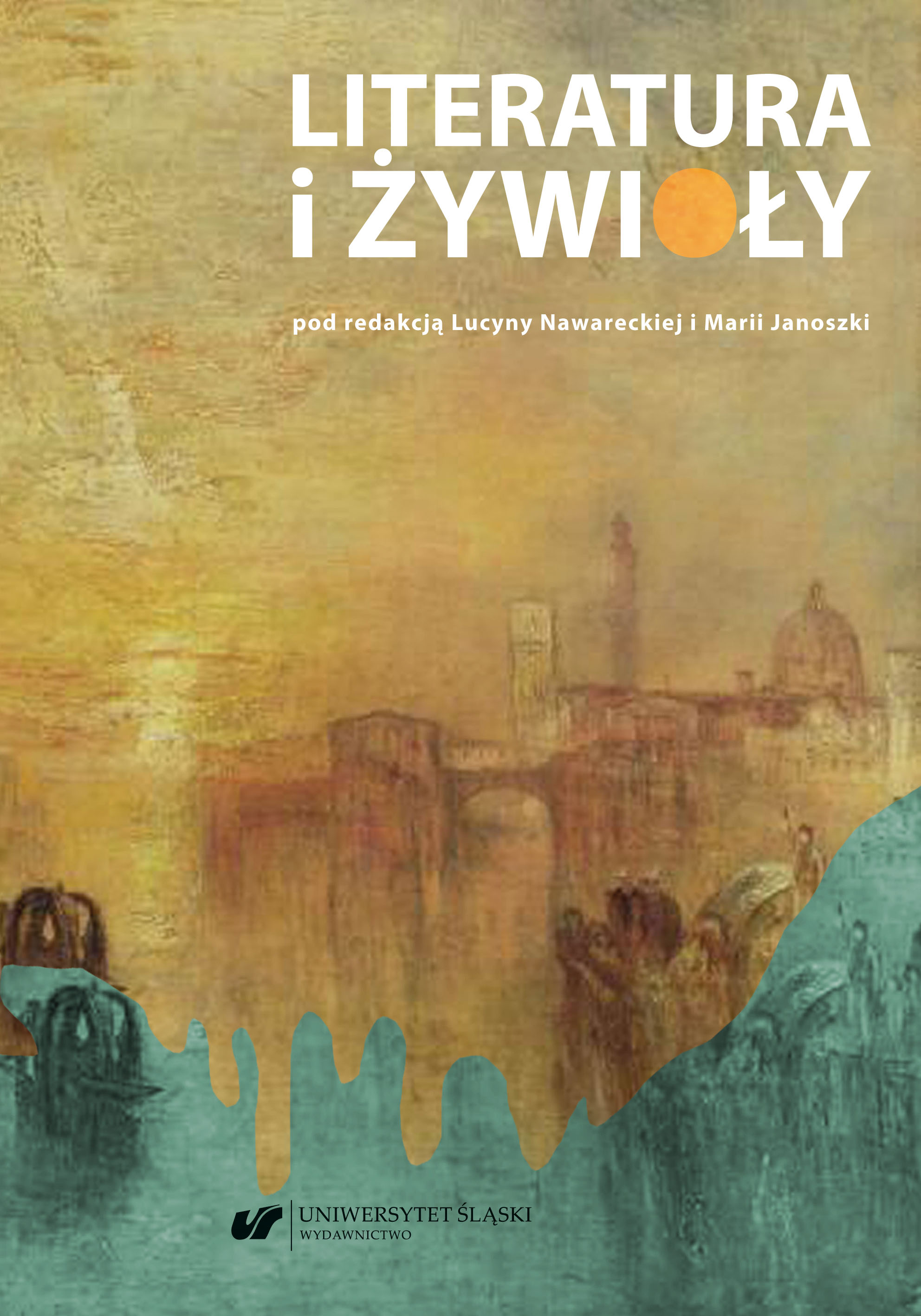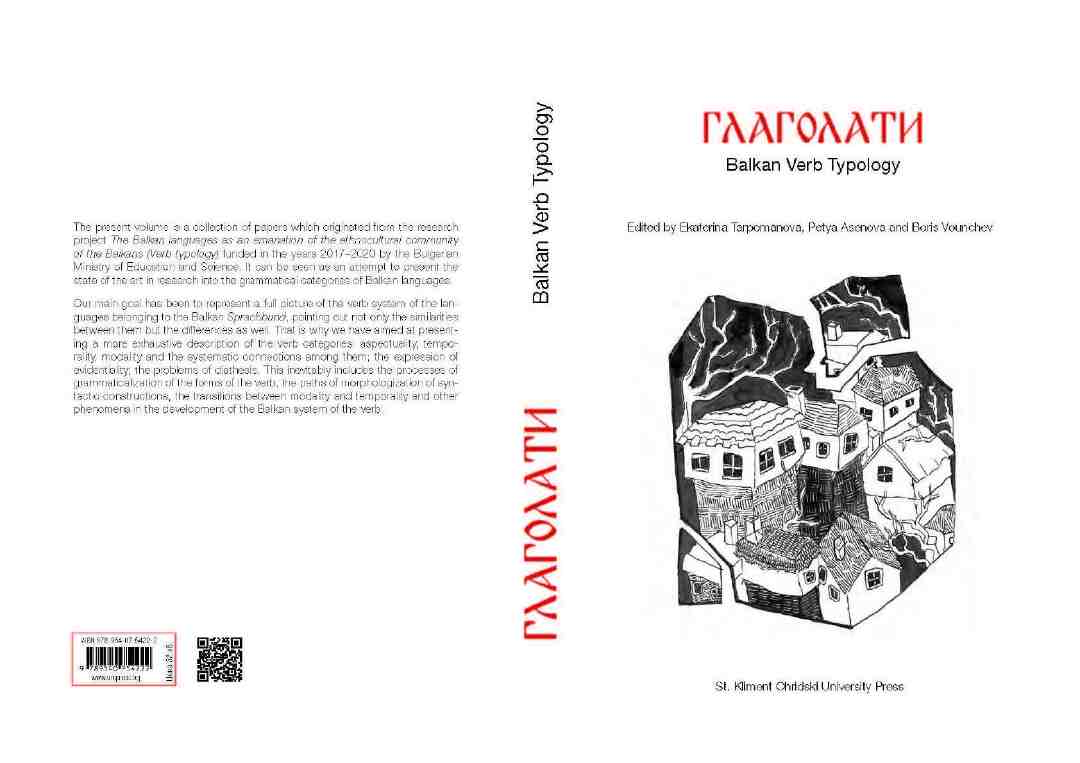
GEORGE BACOVIA – INFLUENŢE ŞI AFINITĂŢI
In this article, I shall point out the way in which poets from a certain cultural area – and by this I mean Charles Baudelaire, Maurice Rollinat, Arthur Rimbaud, and Paul Verlaine – have managed to influence a poet belonging to a different culture, referring strictly to George Bacovia.Baudelaire and Bacovia share the neuroses caused by a certain season. Spleen: „Pluviôse, irrité contre la vie entière, / De son urne à grands flots verse un froid ténébreux / Aux pȃles habitants du voisin cimetière / Et la mortalité sur les fauborgs brumeaux.” Verlaine is another French poet who displays a wide array of Bacovian scenes, particularly in the pluvious pastel: Ariettes oubliées: „Il pleut dans mon coeur / Comme il pleut sur la ville; …. / C’est bien la pire peine / De ne savoir pourquoi / Sans amour et sans haine / Mon coeur a tant de peine!” Both authors tend to create an obsession with rain. Rollinat is another mirror reflection of Bacovia’s.I shall analyse the works of these poets in order to note the influence of French symbolism on Bacovian poetry but also to set the frontier elements that need to be identified in order not to suppress George Bacovia’s originality and individuality. Moreover, using the comparative method, I shall identify the common elements in these poets’ works but also what differentiates them and helps us outline their own poetic style.
More...

